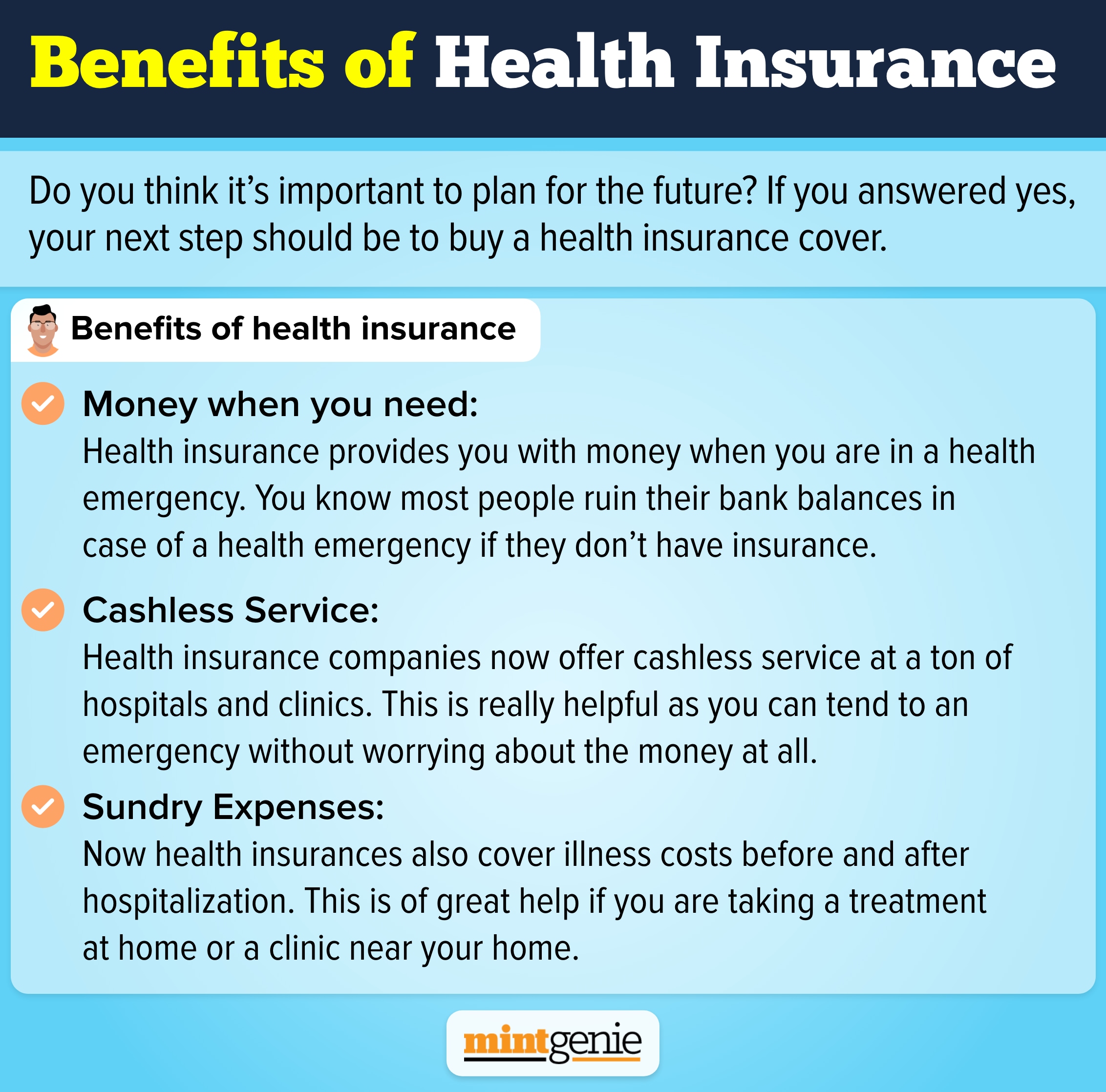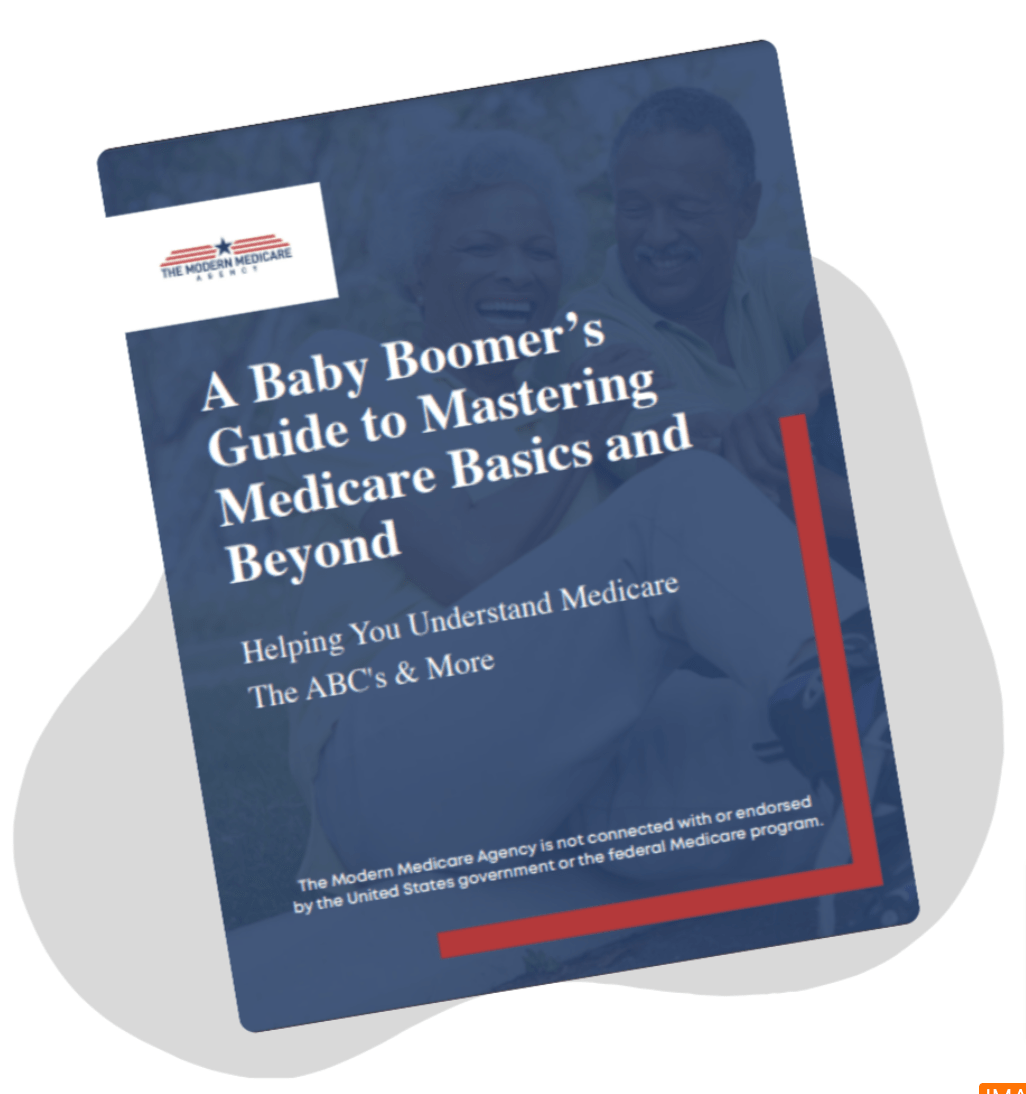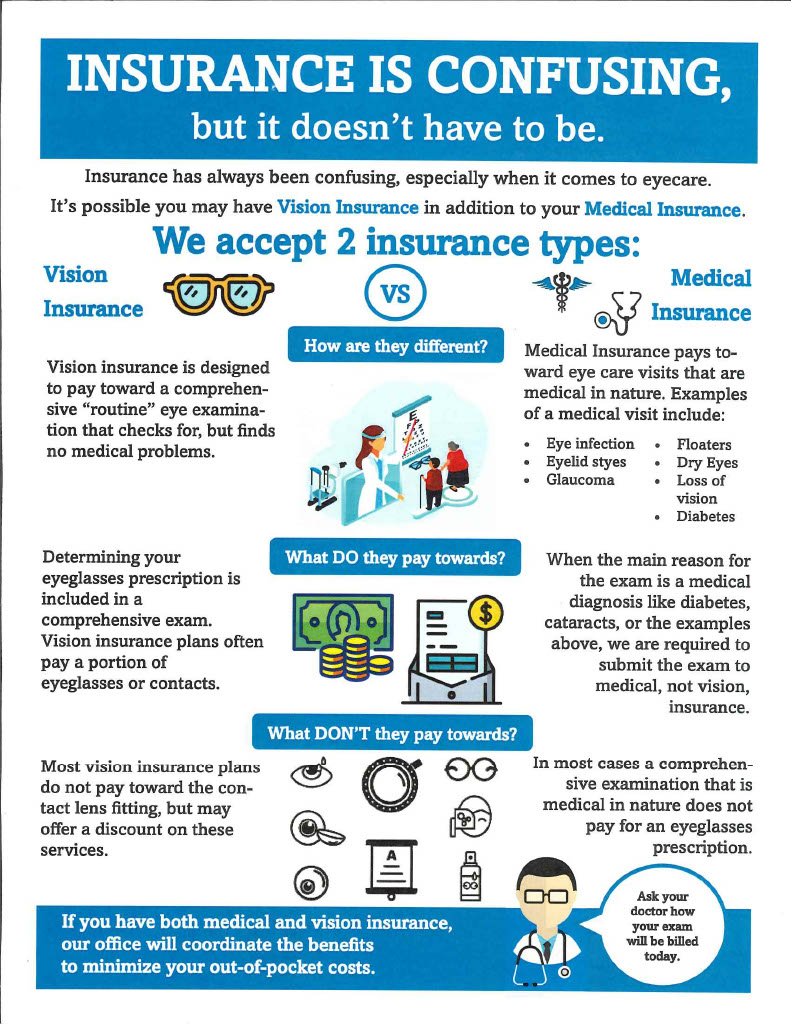The Main Principles Of Medicare Advantage Agent
The Main Principles Of Medicare Advantage Agent
Blog Article
Medicare Advantage Agent Things To Know Before You Get This
Table of ContentsSome Known Details About Medicare Advantage Agent Examine This Report about Medicare Advantage AgentThe Of Medicare Advantage Agent


follows from adheres to the perplexing young fairly profile of the uninsured with the better healthFar better wellness average, standard younger persons. For those without accessibility to office health insurance, inadequate wellness is a prospective barrier to purchasing nongroup coverage due to the fact that such insurance coverage may be very valued, omit preexisting conditions, or be simply inaccessible. Unless otherwise noted, nationwide estimates of individuals without health and wellness insurance coverage and proportions of the populace with different kinds of insurance coverage are based on the CPS, the most commonly used resource of price quotes of insurance policy coverage and uninsurance prices.

Some Known Details About Medicare Advantage Agent
Over a three-year period starting early in 1993, 72 million people, 29 percent of the U.S. populace, lacked protection for a minimum of one month. Within a single year(1994), 53 million individuals experienced a minimum of a month without protection(Bennefield, 1998a). 6 out of every ten without insurance grownups are themselves employed. Functioning does enhance the likelihood that one and one's family participants will certainly have insurance, it is not an assurance. Also members of households with 2 permanent breadwinner have practically a one-in-ten opportunity of being uninsured (9.1 percent without insurance rate)(Hoffman and Pohl, 2000 ). The connection in between medical insurance and accessibility to care is well developed, as recorded later in this chapter. The partnership in between health and wellness insurance policy and wellness end results is neither straight nor easy, a comprehensive scientific and wellness services study literature links health insurance policy protection
to improved enhanced to care, better far betterTop quality and improved boosted individual population health status. For instance, the 2nd record, on individual health and wellness outcomes for without insurance grownups, is represented by the innermost circle of the number, while the 3rd report, on family health, includes the subjects of the second report yet stresses a different unit of evaluation, particularly, the family members. The 6th report in the collection will certainly provide info regarding techniques and initiatives taken on locally, statewide, or nationally to resolve the lack of insurance and its negative impacts. Degrees of evaluation for checking out the effects of uninsurance. This conversation of health and wellness insurance policy coverage concentrates largely on the U.S. populace under age 65 because basically all Americans 65 and older have Medicare or other public coverage.
It concentrates specifically on those without any health insurance for any type of length of time. The problems dealt with by the underinsured are in some aspects similar to those encountered by the uninsured, although they are usually much less extreme. Uninsurance and underinsurance, nonetheless, include noticeably different policy concerns, and the strategies for resolving them might vary. Throughout this research and the 5 records to follow, the primary emphasis gets on persons with no health and wellness insurance policy and thus no support in paying for healthcare past what is available through charity and safeguard institutions. Health insurance is a powerful factor influencing receipt of care due to the fact that both individuals and doctors react to the out-of-pocket rate of solutions. Medical insurance, nevertheless, is neither needed neither adequate to acquire accessibility to medical services. The independent and straight result of health and Continue wellness
insurance coverage protection access to health wellness is well establishedDeveloped Others will certainly get the health treatment they require also without health and wellness insurance, by paying for it out of pocket or seeking it from service providers who use treatment cost-free or at very subsidized prices. For still others, health and wellness insurance coverage alone does not ensure receipt of treatment as a result of various other nonfinancial obstacles, such as a lack of healthcare suppliers in their community, limited accessibility to transport, illiteracy, or linguistic and cultural distinctions. Official study concerning without Read Full Report insurance populations in the USA dates to the late 1920s and very early 1930s when the Committee on the Price of Medical Care created a collection of reports about financing physician office visits and hospital stays. This issue became salient as the varieties view it now of medically indigent climbed up during the Great Depression. Empirical studies constantly sustain the link in between accessibility to care and improved health outcomes(Bindman et al., 1995; Starfield, 1995 ). Having a normal source of treatment can be thought about a predictor of accessibility, instead of a direct procedure of it, when health outcomes are themselves utilized as access indicators. This extension of the concept of gain access to dimension was made by the IOM Committee on Monitoring Gain Access To to Personal Healthcare Provider(Millman, 1993, p. Whether or not moms and dads are guaranteed appears to affect whether or not their kids receive treatment along with just how much careeven if the kids themselves have coverage(Hanson, 1998). The health and wellness of parents can influence their ability to take care of their kids and the degree of family stress and anxiety. Bothering with their children's accessibility to care is itself a source of stress and anxiety for moms and dads. Three chapters adhere to in this report. Chapter 2 supplies an introduction of exactly how employment-based wellness insurance, public programs and private insurance coverage plans run and communicate to provide extensive however insufficient protection of the U.S. populace. This consists of an evaluation of historic patterns and public policies impacting both public and exclusive insurance, a discussion of the interactions among the different kinds of insurance, and an examination of why individuals move from one program to an additional or end up

Report this page